The Boy and The Heron Movie Review | Textbook Miyazaki in all its glory
It's like Princess Mononoke and My Neighbor Totoro had an award-winning kino baby.
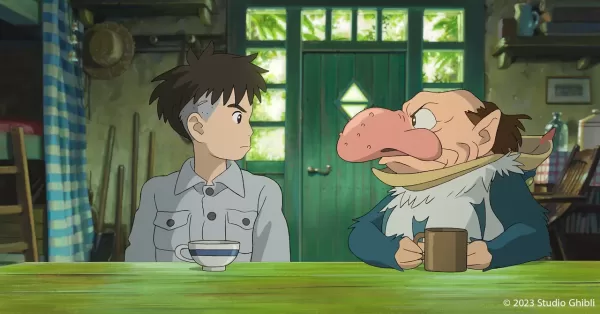
It’s been a decade since Hayao Miyazaki announced his supposed retirement and unleashed one of his last full-length creations into the world. Of course, knew it was only a matter of time before he’d reappear. Thus, The Boy and The Heron was released in 2023, and completely rocked our Studio Ghibli socks as there was finally confirmation that Papa Miyazaki had indeed, come back with the milk.
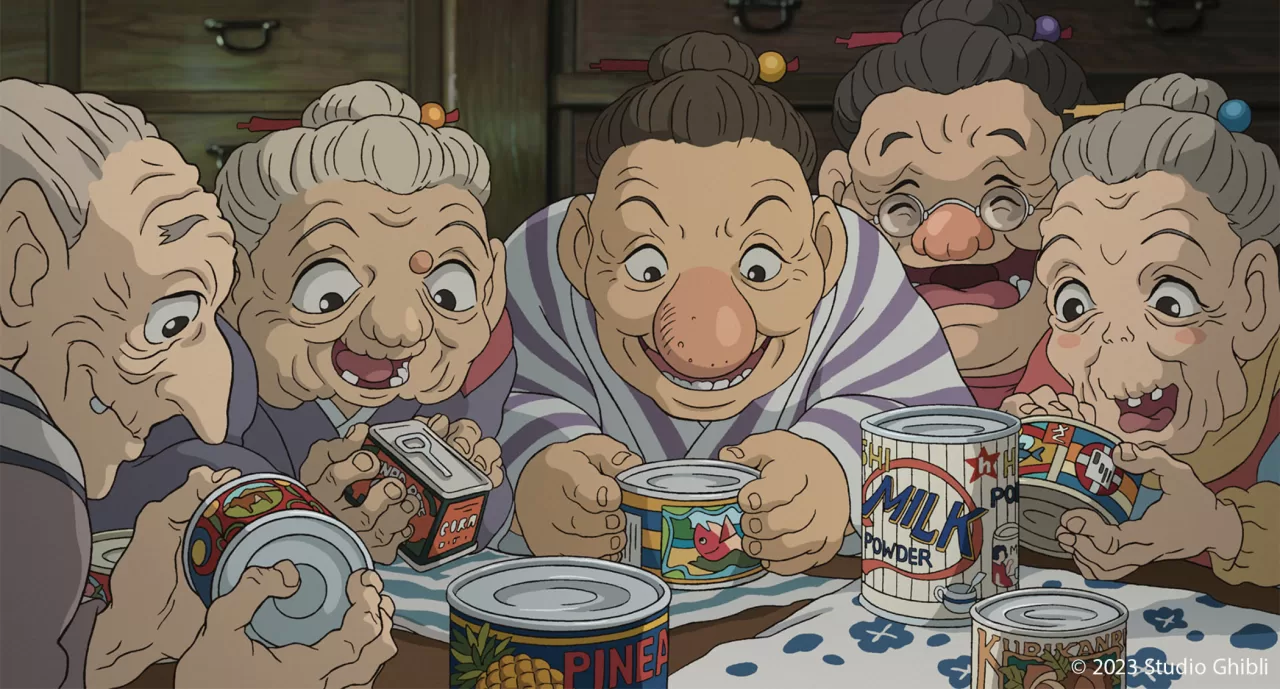
Ever since The Wind Rises, we’ve gotten a fair share of Miyazaki memes, behind-the-scenes clips of his creative process, and a short CGI film in 2016’s Boro the Caterpillar–all of which were as real and charming as one would expect. These were enough to satiate our longing for some sweet Ghibli kino for the time being. But now that we have a feature film on on our hands, all we need to do is sit back, relax, and enjoy a masterpiece that welcomes us warmly into the new year.
Studio Ghibli Story Beats
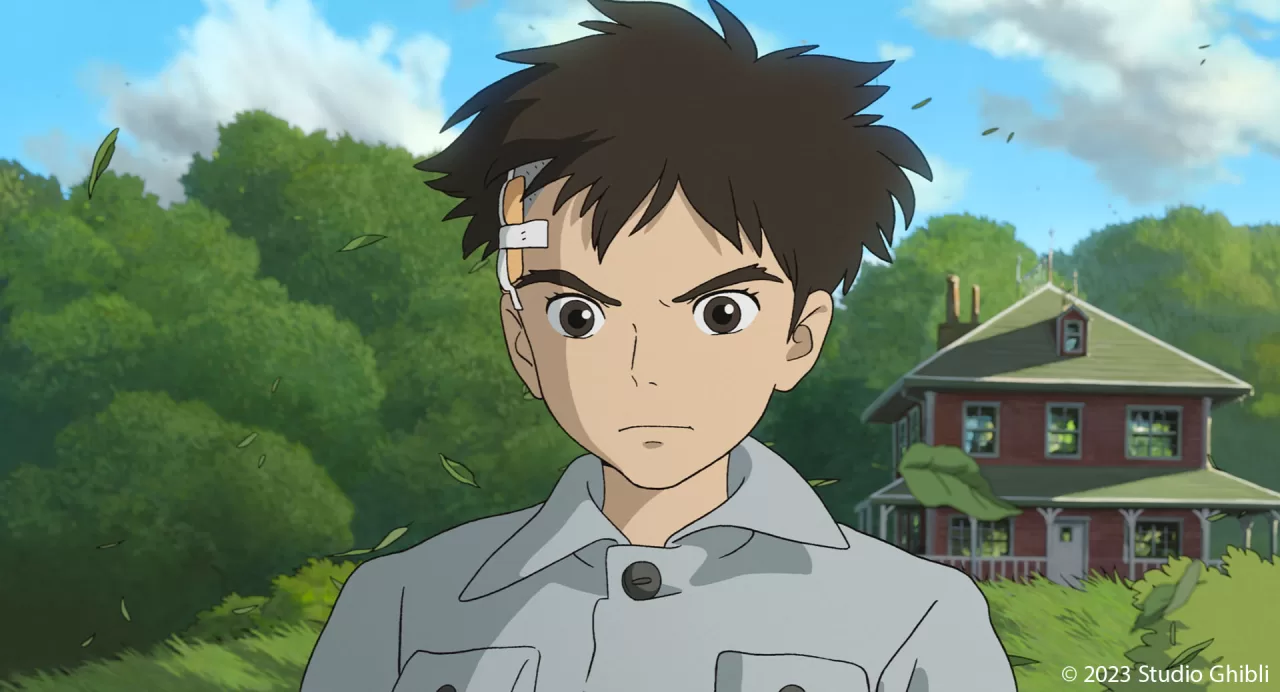
There’s a formula to every Hayao Miyazaki film, and you’ll notice once you rewatch most its catalogue. While most of his films are pure fantasy, there’s still a level of hard, sometimes historically accurate realism that gives ahis films a feeling of being grounded. The Boy and The Heron is no different, as it portrays its young protagonist Mahito Maki in a very real 1940s World War II Tokyo before transitioning into something a bit more fantastic and familiar. From the color palettes, to how the characters are drawn, the film’s tone is set and reset as the story progresses.
The film requires a certain suspension of disbelief, lest you find yourself confused after the first act. As such, if you let it take you for a ride, you’ll find yourself consumed by the alternate world crafted by Miyazaki himself. From his signature aesthetics to more grandiose portrayals of land masses and bodies of water, you’re guaranteed a spectacle.
Hitting close to home
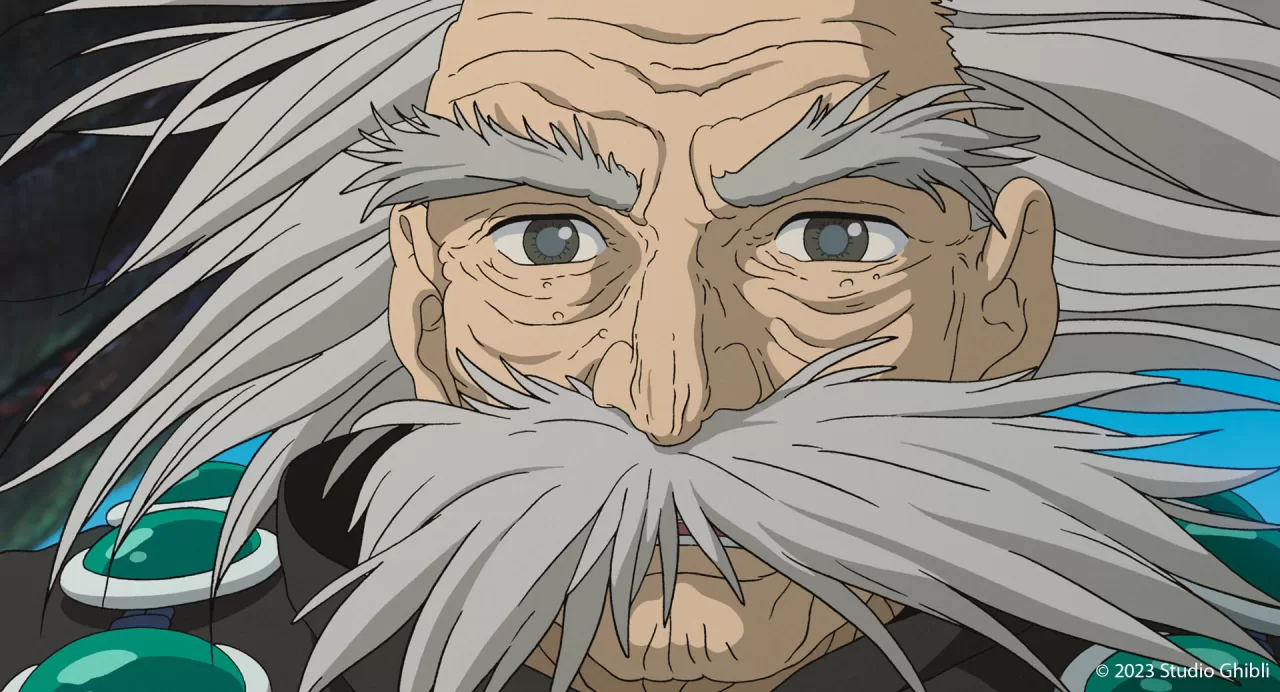
I personally took a bit of time in writing up this review as I wanted to know more about the film’s creation–all to further understand the messages it was conveying. From the get-go, you’ll notice several themes being tackled in The Boy and The Heron. It’s a coming-of-age story for young Mahito as he deals with tribulations that may be soul-crushing for any boy his age, but were unfortunately common for someone living in this time. We see him process these tribulations, and in turn, we see him grow. It’s not your typical “child meets cute creature”, but it doesn’t delve too deep into being downright grim either.
The Boy and The Heron, in essence, is an autobiographical film where Miyazaki shares a bit of himself. It’s a surprisingly personal take on acceptance and dealing with one’s emotions–and you can feel it all throughout the story’s runtime. Certain ideals are challenged, and morals are questioned. Amidst the colorful backdrop of colorful, anthropomorphic characters and gorgeous scenery, we’re given a closer look at the human condition.
Nostalgic, but new
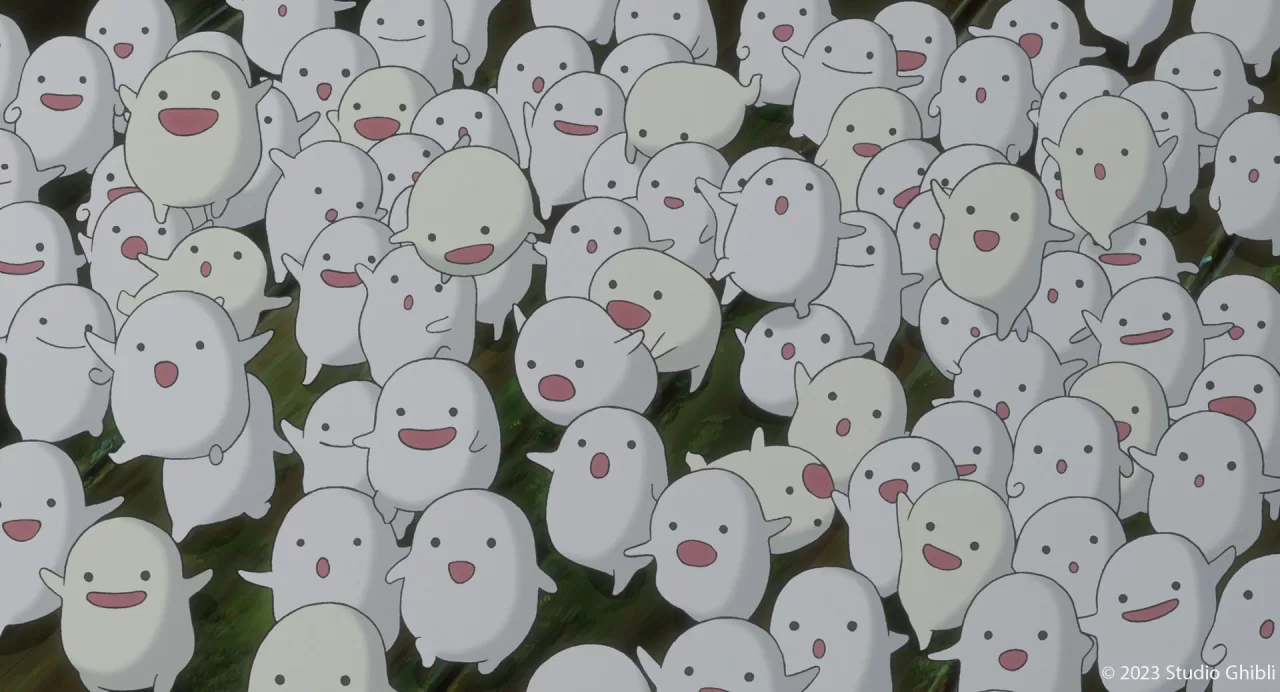
The Boy and The Heron could be likened to a warm embrace from an old friend. It’s unexpected, a tad peculiar, but felt just right after the first few seconds. Miyazaki’s art style and storytelling have proven to be timeless, and experiencing his work through the years helped carve a special place in my heart. For those who share these sentiments, this film will only further solidify that feeling. The new characters and supernatural beings have their own unique look, but you can tell who drew them. There was a lot of care and attention put into these characters, and they’re very much appreciated.
Miyazaki’s ability to evoke a variety of emotions via sensory overload is downright sublime. Combined with its aesthetics, the film’s storytelling is paced rather well in its two-hour runtime. If you’d ever spot any plot holes, they’re the kind that can be explained within the film’s own world–should Miyazaki decide to revisit it. The exposition, while not spoonfed, is clearly displayed and not dumped. You’ll find a lot of playful banter and side comments between characters, but no stifling monologue. Everything fits together nicely.
From the sound design, to the voice acting, both worlds live and breathe. I had the pleasure of watching the original Japanese dub, as expected, the voice acting is top notch. Soma Santoki and Masaki Suda as Mahito and the Grey Heron definitely have chemistry. Fun fact, they starred in the 2021 sci-film Cube together. Japanese singer Aimyon and Takuya Kimura from the Judgment series also flex their voice acting chops. Everyone did a masterful job, and I’m sure the English dub sounds just as great.
It’s a cliche, I know. But it’s definitely safe to say that if you’re a longtime Studio Ghibli enjoyer, there’s no reason to not catch this film right now.
Final Verdict
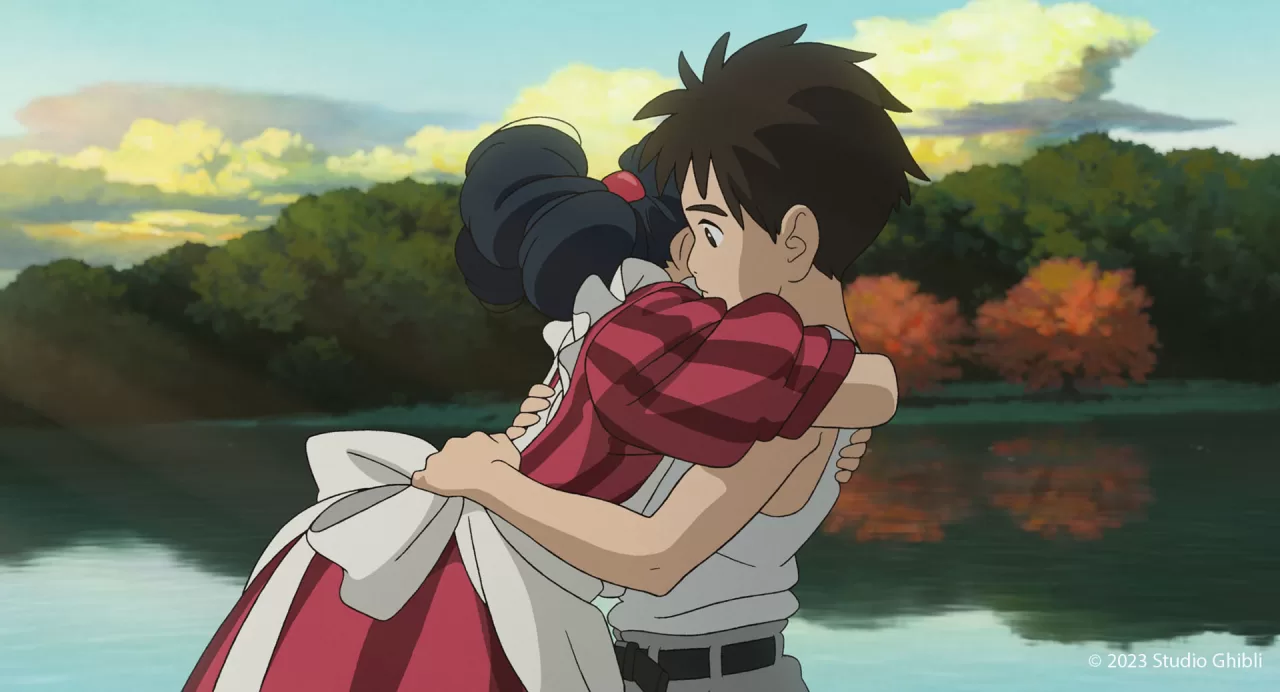
I need not say more. The Boy and The Heron is a must-watch.
At the ripe age of 83, Hayao Miyazaki has been around long enough to craft a part of our lives, one way or another. From The Castle of Cagliostro to Porco Rosso, it’s nigh impossible to not know about Studio Ghibli, unless you’re completely off-the-grid. Miyazaki’s work has become ubiquitous, and for good reason. His work has, and always been just that good. Even though he’s up there in years, he didn’t exactly say that he’s throwing in the towel for good. Given how much he stresses over his craft, we might be seeing one last work of art before he turns 90. Until then, let’s appreciate and enjoy the masterpiece that is The Boy and The Heron.
Special thanks to Warner Bros. Philippines and Encore Films Philippines for the advanced screening. The Boy and The Heron is now showing in select cinemas nationwide.
Watch the trailer here:

